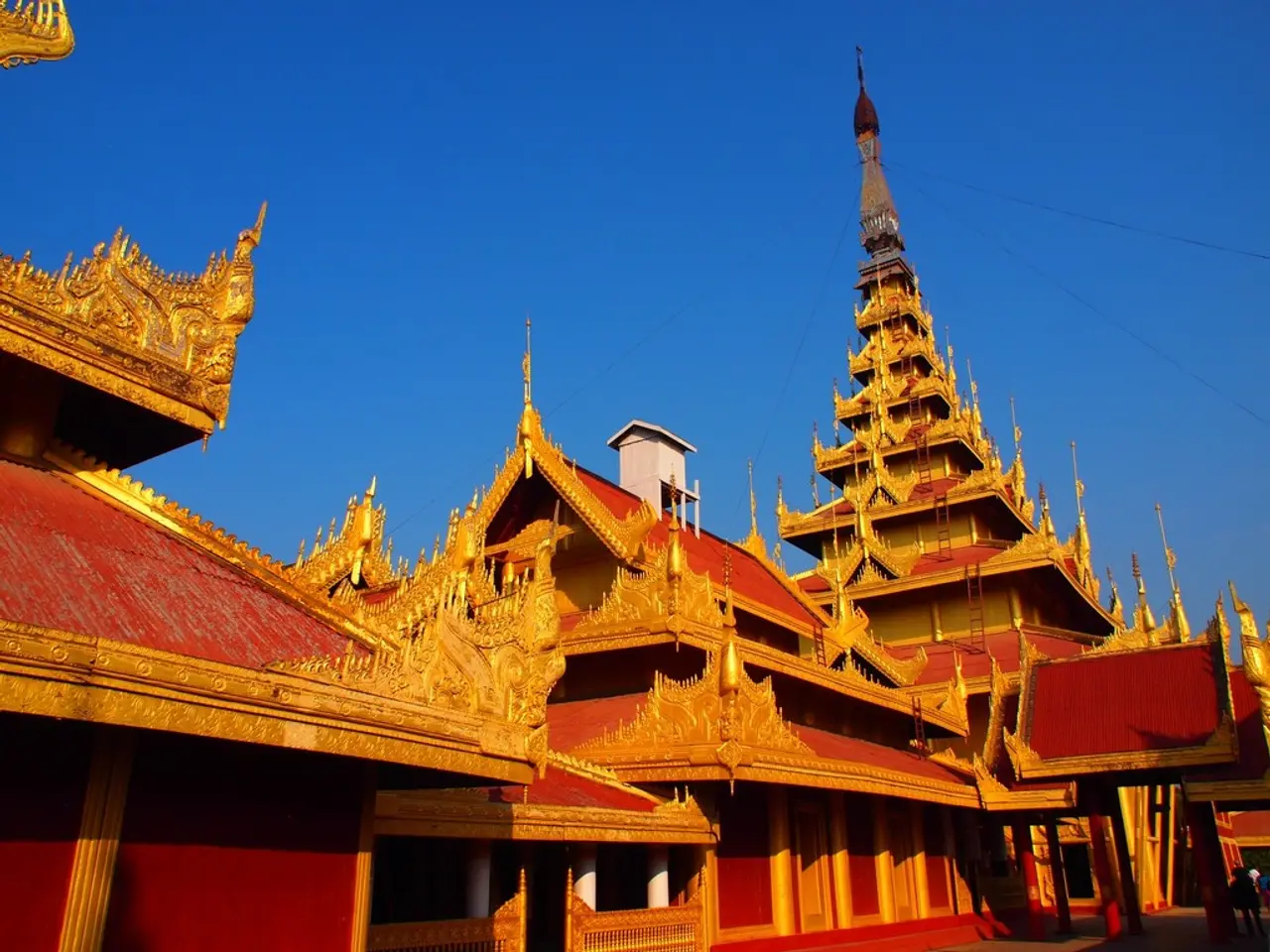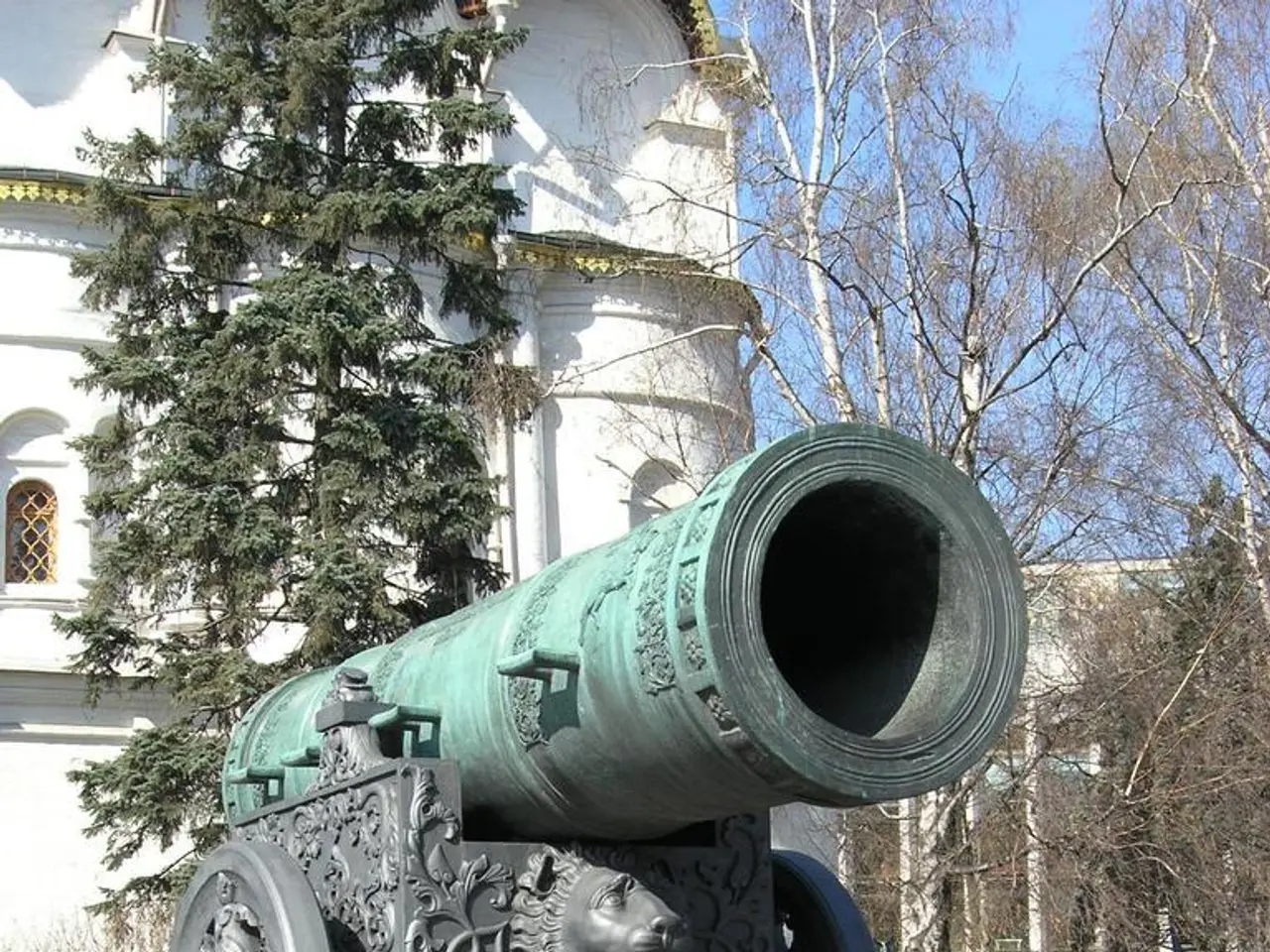Malaysia persists in facilitating ceasefire negotiations between Thailand and Cambodia, as stated by Anwar.
Temporary Ceasefire in Place Between Thailand and Cambodia, Brokered by Malaysia and U.S.
A temporary ceasefire between Thailand and Cambodia, which has been in effect since late July 2025, was brokered in part by Malaysian officials and U.S. diplomacy. The ceasefire, which came after heightened tensions between the two countries, became effective at midnight on July 28.
Malaysia, as the current ASEAN Chair, played a pivotal role in facilitating the peace process. This was evident in the Extraordinary General Border Committee (GBC) Meeting held in Kuala Lumpur on August 7, 2025. During this meeting, Cambodian and Thai officials committed to fully implementing the ceasefire and establishing an ASEAN-led observer mechanism to monitor compliance.
Despite the ceasefire, challenges remain. Both sides maintain significant military presence on the border, nationalist rhetoric persists, and the underlying dispute is unresolved. However, international support for Malaysia’s leadership and ASEAN’s role in mediating the conflict is strong. Australia and other international actors have commended Malaysia’s efforts and urged both parties to respect the ceasefire and pursue a peaceful resolution.
Notably, both the United States and China have offered logistical assistance or support should the need arise. However, they will not be involved in monitoring the contested border area. The Prime Minister of Malaysia, Datuk Seri Anwar Ibrahim, has met with both the Defense Ministers of Thailand and Cambodia to discuss the details of the protocols that must be observed at the contested borders.
The fighting between Thailand and Cambodia peaked on May 28, resulting in the death of a Cambodian soldier in the disputed Preah Vihear area. The meeting in Malaysia brought Southeast Asian neighbors Thailand and Cambodia to the negotiating table, marking a significant step towards peace in the region.
In conclusion, Malaysia functions as the primary regional facilitator and chair of the diplomatic process aiming to stabilize and resolve the conflict, emphasizing ASEAN’s collective approach to conflict management in Southeast Asia. The ceasefire, while not without challenges, is a promising step towards peace in the region.
[1] ABC News Australia, "Thailand-Cambodia border conflict: Ceasefire agreed after Malaysia talks," August 8, 2025.
[2] The Straits Times, "Malaysia brokers Thailand-Cambodia ceasefire," August 8, 2025.
[3] The Jakarta Post, "Thailand-Cambodia ceasefire faces challenges," August 10, 2025.
[4] Reuters, "U.S. diplomacy plays role in Thailand-Cambodia ceasefire," August 9, 2025.
Finance ministers from Australia, the United States, and other international actors are closely monitoring the financial implications of the Thailand-Cambodia ceasefire, as economic growth in the region may be affected by continued tensions or instability. (Finance, international actors)
Political analysts are divided on the lasting impact of the ceasefire, with some highlighting the role of regional politics and diplomacy in brokering the agreement and others expressing concerns about the persistent nationalist rhetoric and unresolved underlying dispute. (Politics, nationalist rhetoric, underlying dispute)
Meanwhile, news outlets across the general-news spectrum have given mixed opinions on the prospects for lasting peace between Thailand and Cambodia, with some emphasizing the progress made through Malaysian mediation and others pointing to the challenges that remain. (General-news, mixed opinions, Malaysian mediation)
In the context of war-and-conflicts, the Thailand-Cambodia ceasefire offers a potential model for conflict resolution in Southeast Asia, demonstrating the importance of regional cooperation and diplomacy in finding peace in turbulent times. (War-and-conflicts, conflict resolution, peace, regional cooperation, diplomacy)








